No products in the cart.
Potato, Jancko Ajawiri (S. ajanhuiri)
$8.50 – $20.00
| True potato seed information and growing instructions |
| Potato products and sizes |
| True potato seeds are classified as breeding seeds and germination is not guaranteed. |
| Phytosanitary information |
| TPS is a regular offering and should be in stock most years. In vitro plantlets and tubers may be offered occasionally. |
Jancko Ajawiri is a variety of Solanum ajanhuiri, a frost resistant diploid potato species grown at the upper limits of cultivation in Bolivia and Peru. In our trial of the available accessions of this species, this variety did the best, surviving heavier frosts than other varieties. Jancko Ajawiri was provided by the USDA Potato Introduction Station as PI 599280. I plan to offer this variety indefinitely as our representative of S. ajanhuiri because it is the best example of the unique traits of this species and is also the most fertile of the varieties that I evaluated.
There is a traditional song for the planting of this potato that sums up its qualities nicely:
What frost! What hail!
I am the Ajawiri flower
I laugh at the snow
Pirouetting in the wind
I am the young Ajawiri
Culinary Traits
Jancko Ajawiri is an all purpose potato, with dense, moderately floury flesh and thick, chewey skin. Tubers are small, with deep eyes. This is a very good tasting potato. I think it may have slightly higher sugars than normal and there is a very subtle sweetness to it that really shines when it is pan fried. The Aymara people of Bolivia prize this potato as the only frost-resistant species that can be eaten without processing into chuño.
Agronomic Traits
Plants are smaller than tetraploid potatoes, with fine foliage similar to many diploids. They make a large number of blue flowers and flower for about two months, but they require a lot of pollen from other diploid potatoes in order to form berries. Timing the tubers with this variety can be a challenge. Maximum yields are obtained at about five months, but the tubers will also grow pretty crazy and tangled by that point. Some will be sprouting, although, surprisingly, this doesn’t seem to have much effect on dormancy if the sprouts are removed. At four months, the tubers are smaller, but generally cleaner and easier to harvest. At that point, yields are typically around a pound per plant, but you can almost double that at five months. There is a picture showing the kind of crazy tubers that you can expect at full maturity in the gallery. Plants survive light frosts and overnight temperatures into the upper 20s. Tubers have very long dormancy. Jancko Ajawiri does not show any significant resistance to late blight.
Fertility: MF<1, FF3
True Seed (TPS)
True seed was produced by pollinating flowers with bulk pollen from high dormancy diploids, so the progeny will not be pure S. ajanhuiri, although S. ajanhuiri is normally applied to both the initial hybrids of between the domesticated potato and Solanum boliviense and backcrosses made to the domesticated potato, so I suppose you could argue either way. This should be good material to search for diploid potatoes with both good dormancy and some frost resistance. Seeds are expensive because they require hand pollination to produce and the seed count per berry is low. Of course, expense is always relative. I have never seen seeds of S. ajanhuiri offered anywhere, so perhaps they were priceless until now.
Only logged in customers who have purchased this product may leave a review.

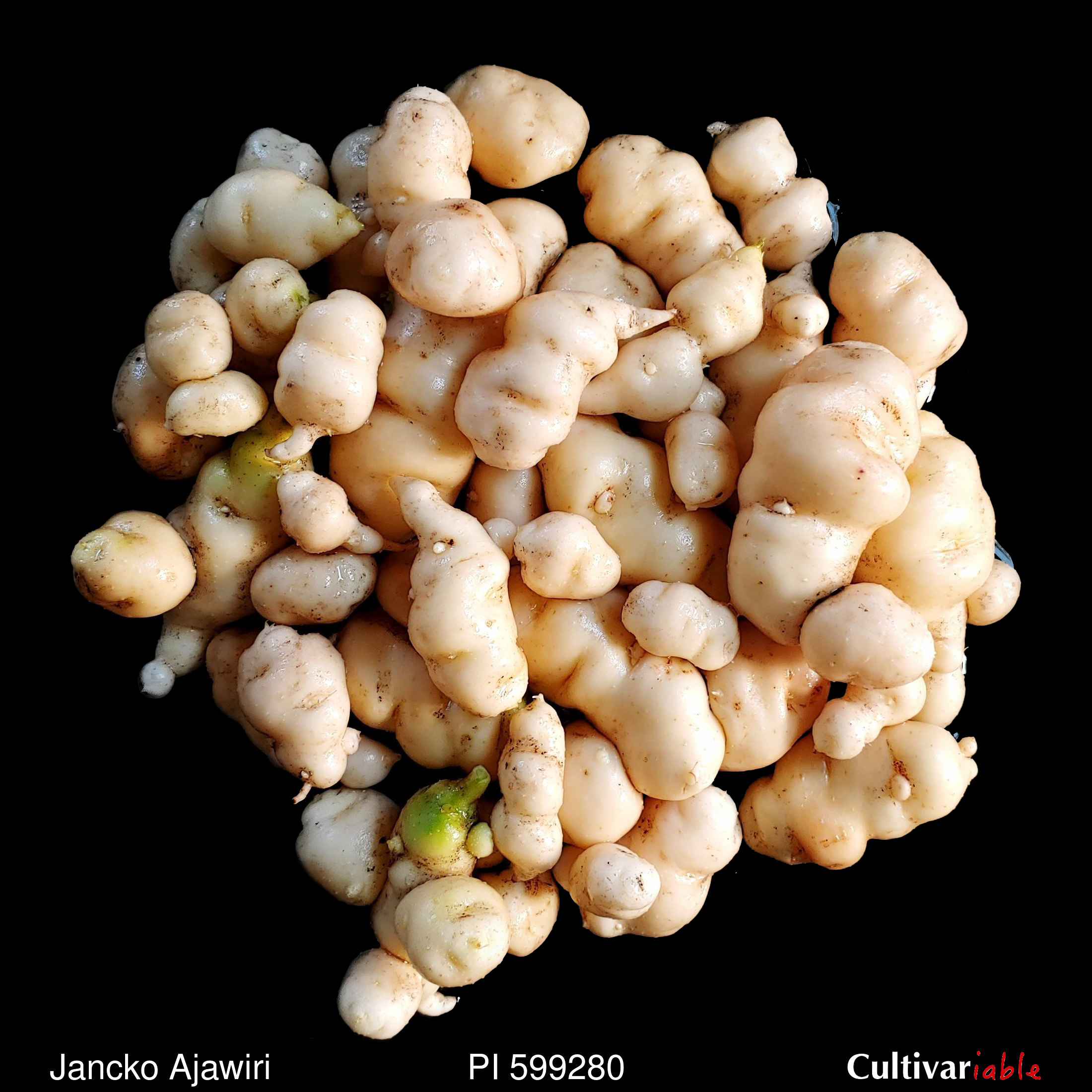
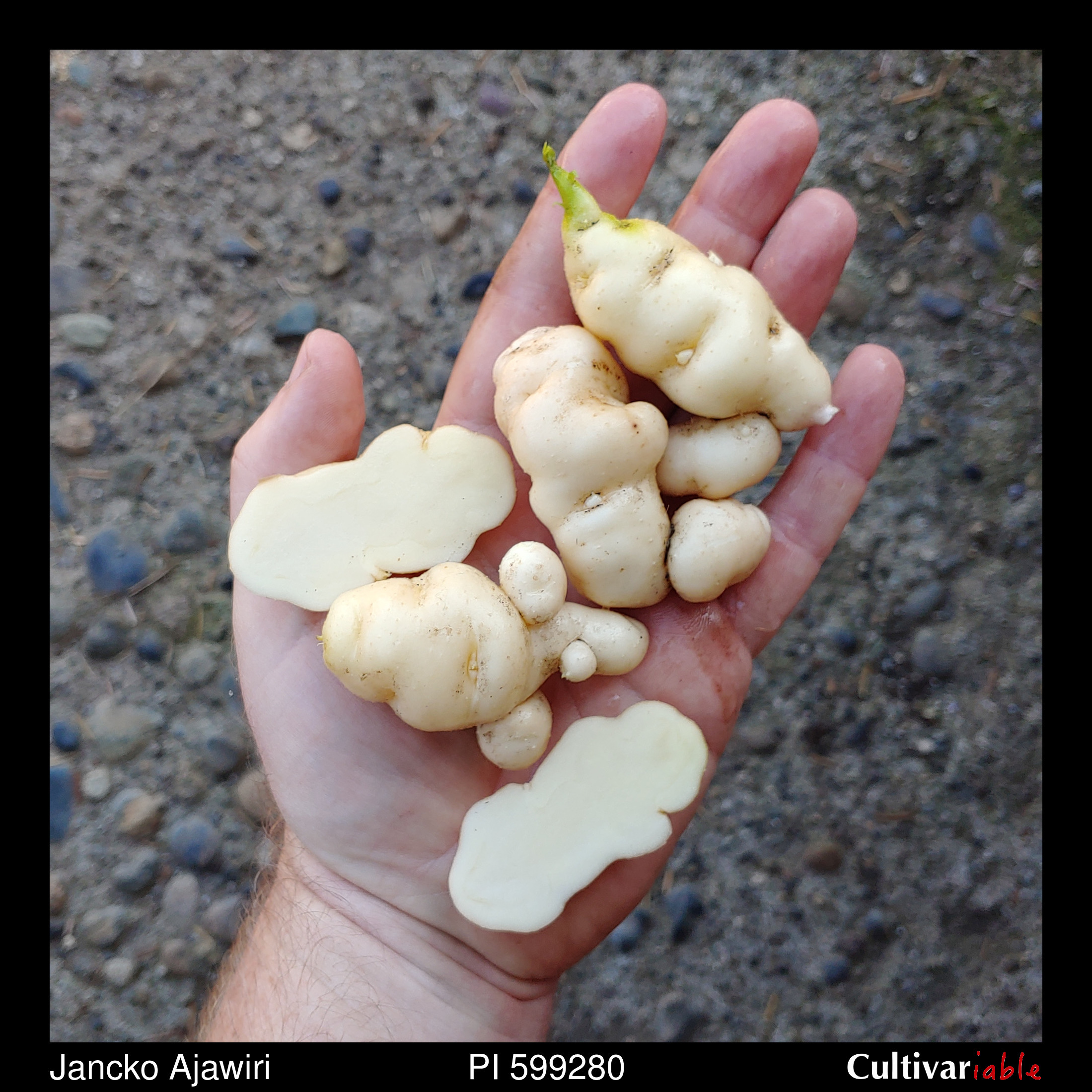
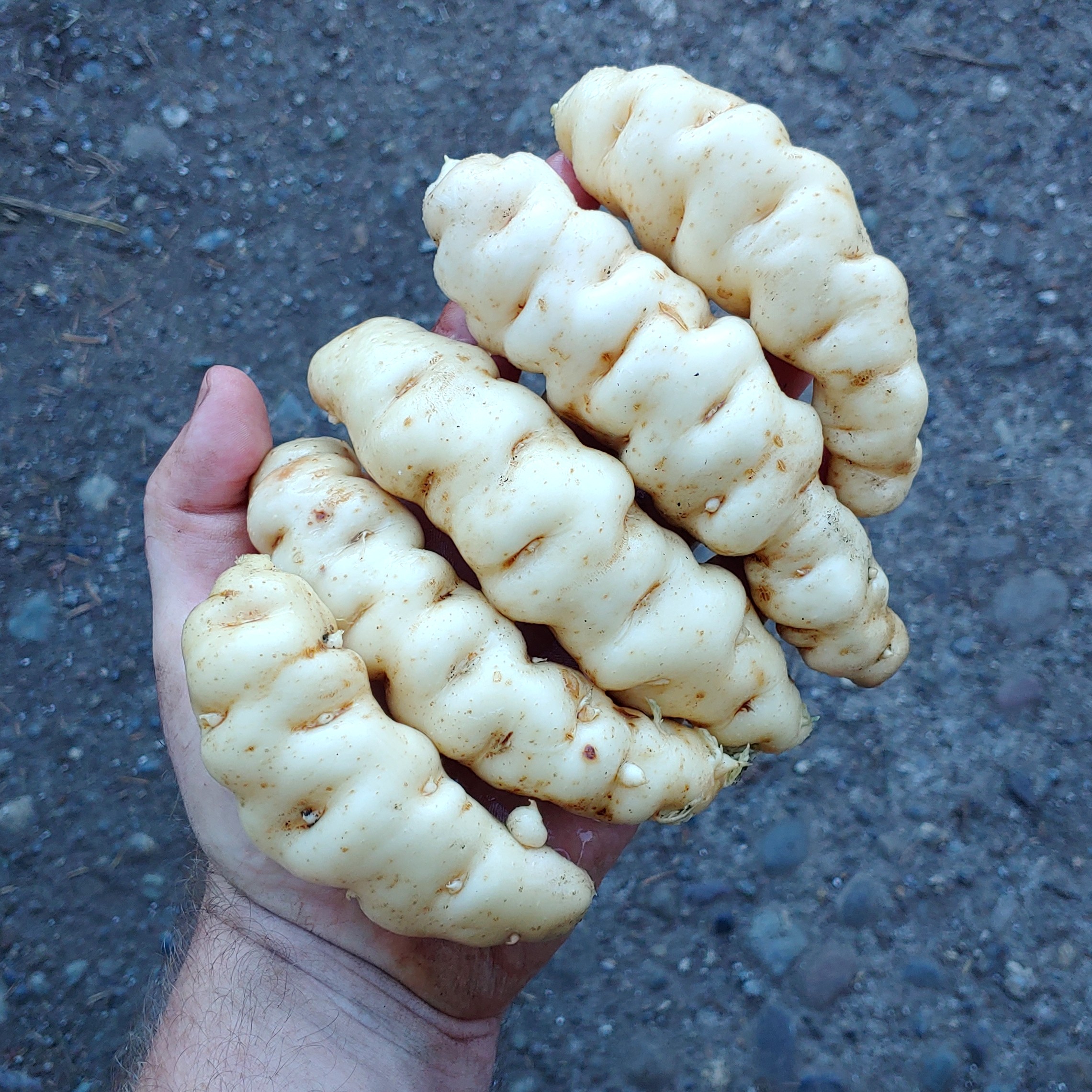
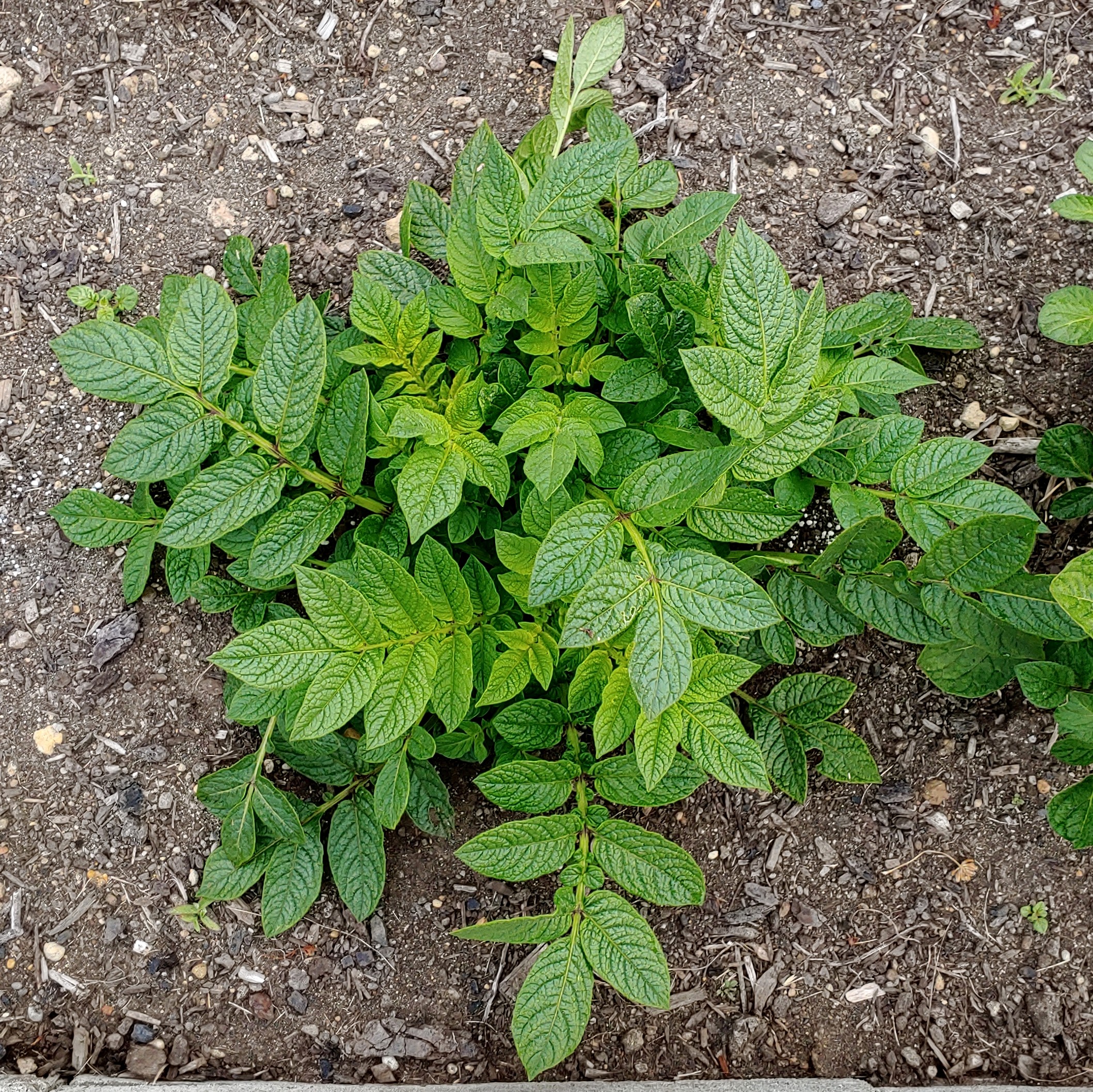
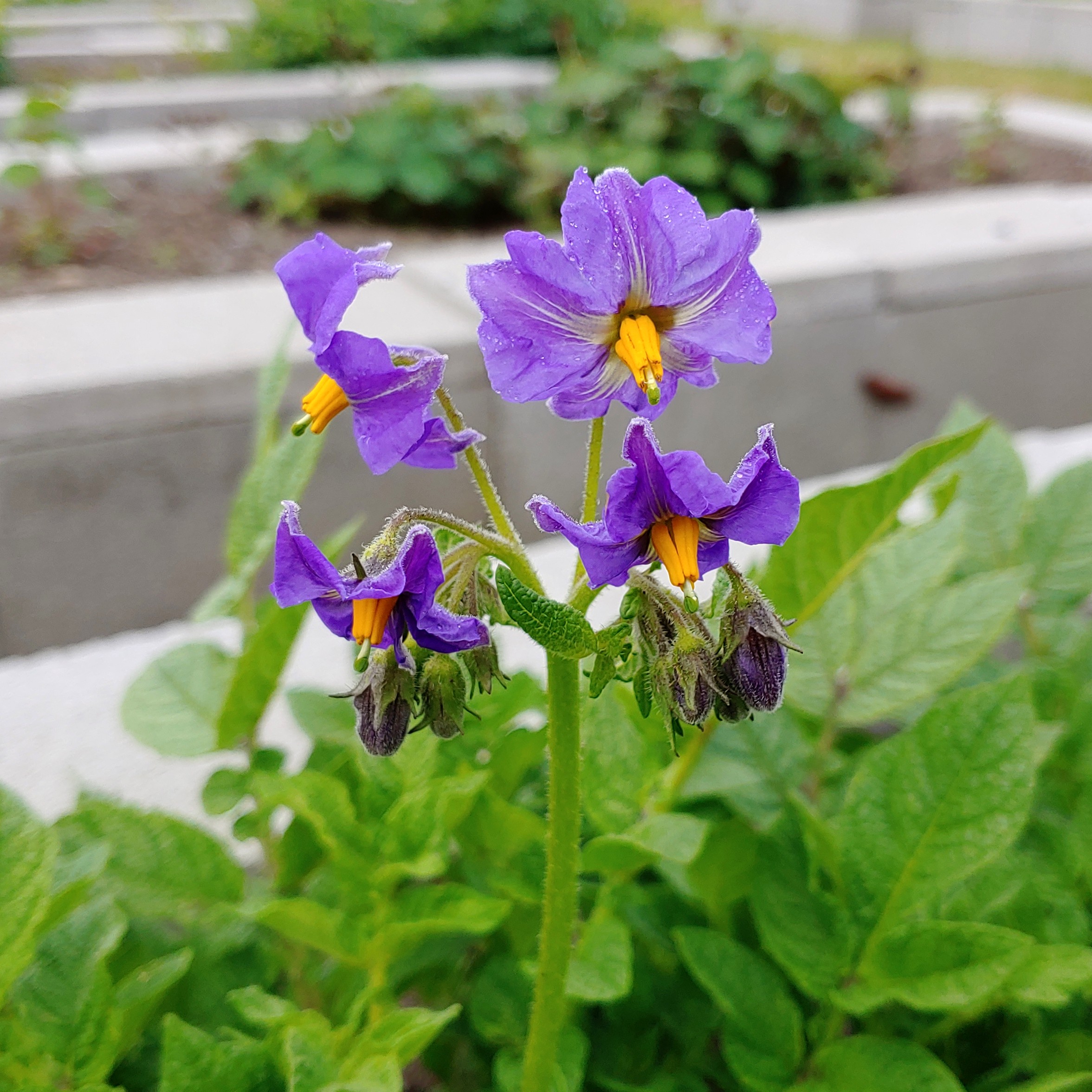
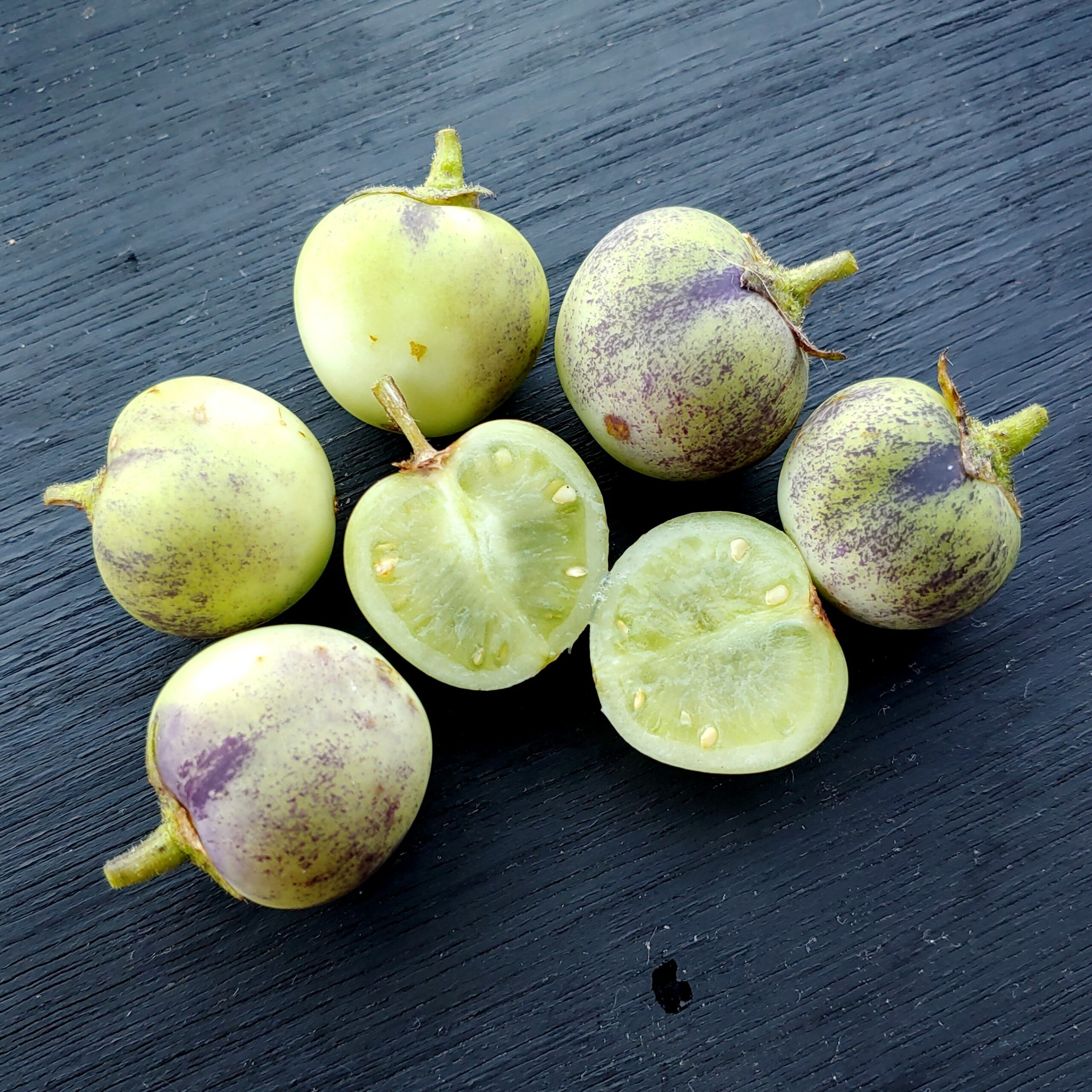
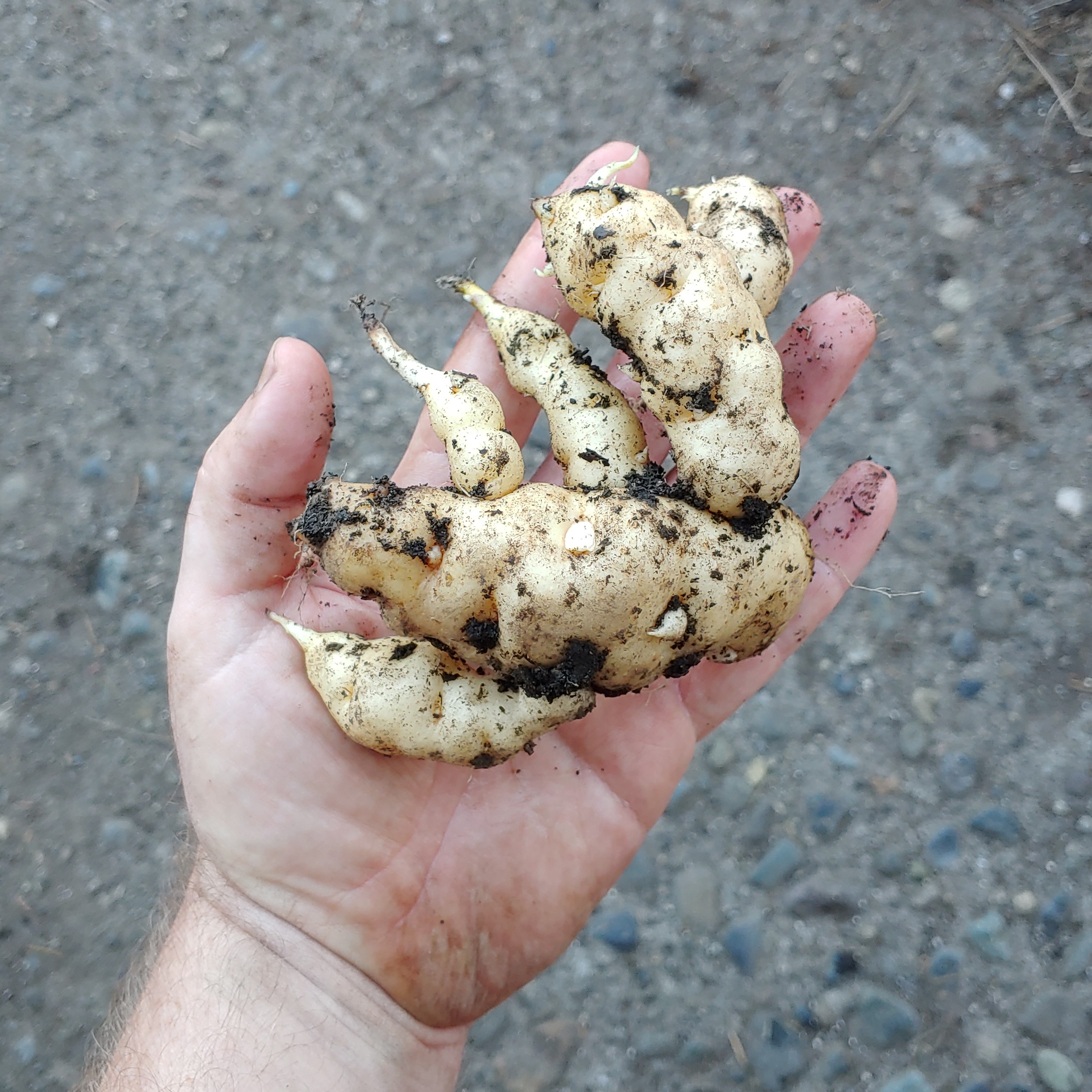
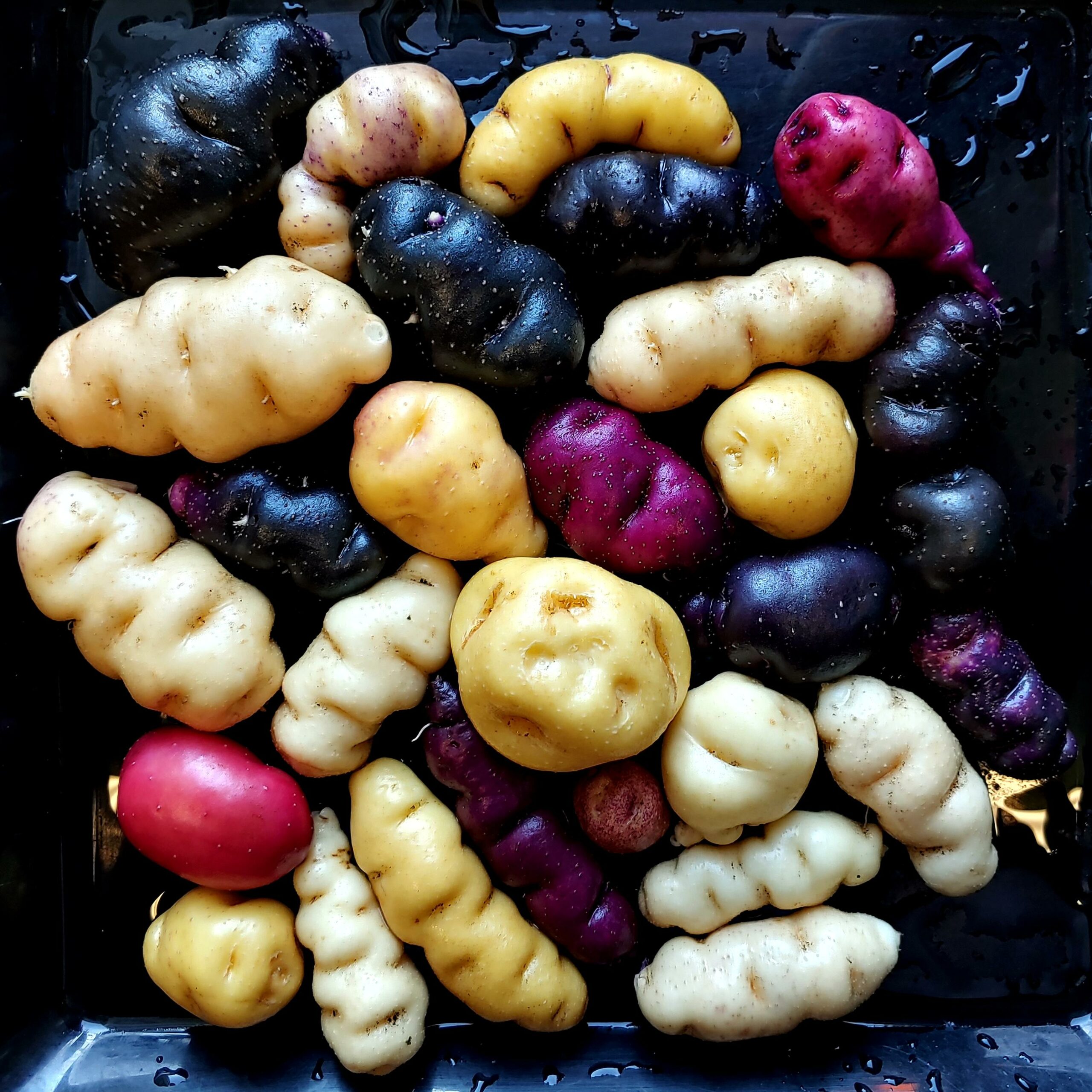
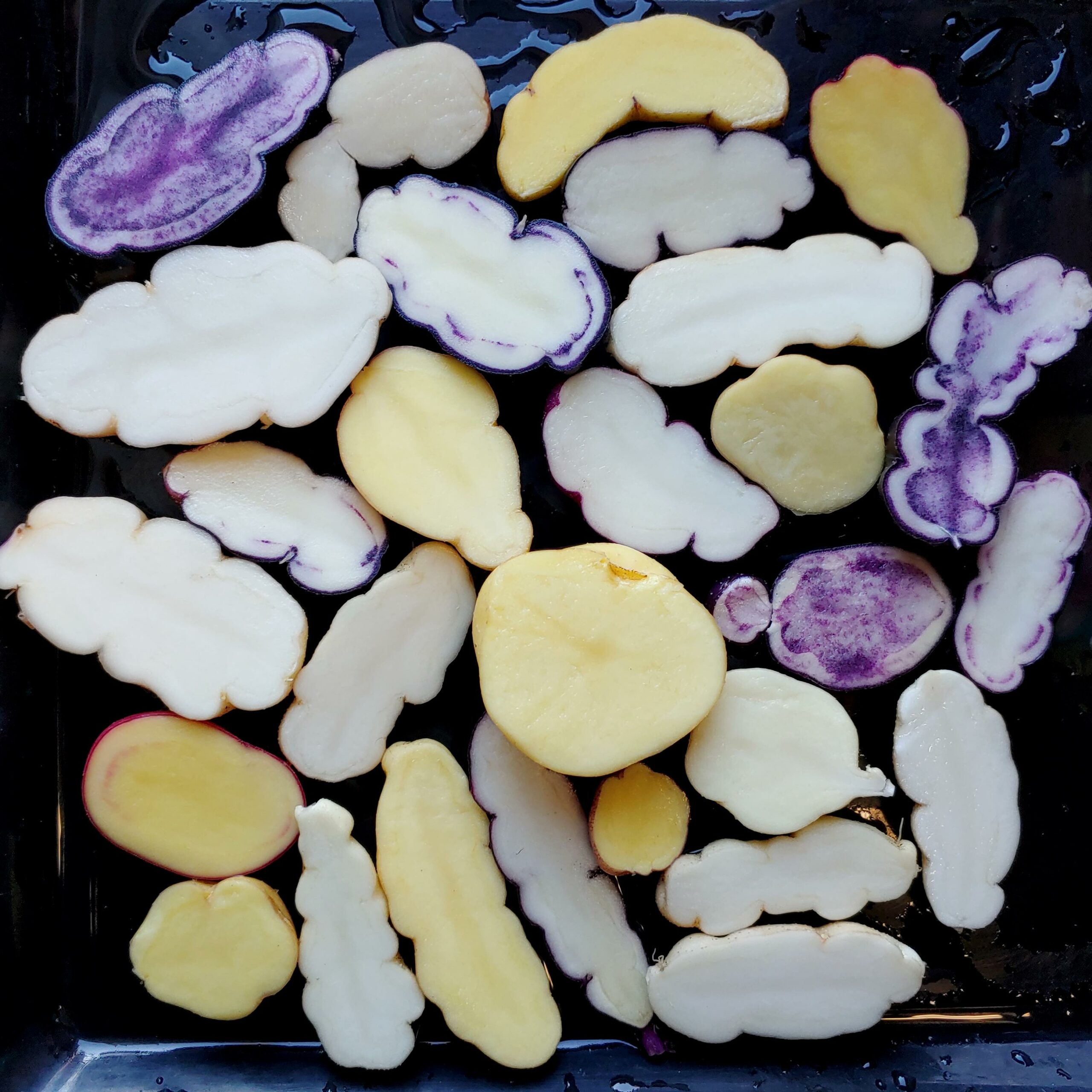
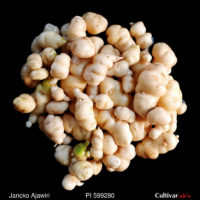
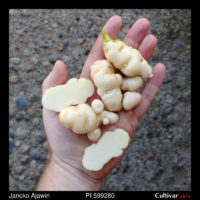
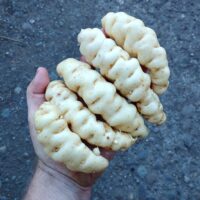
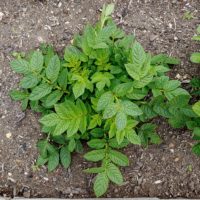
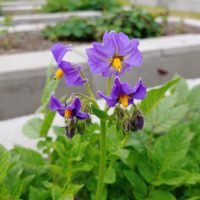
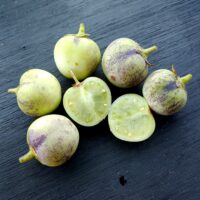
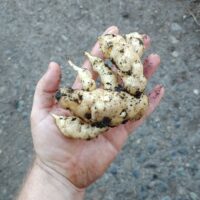
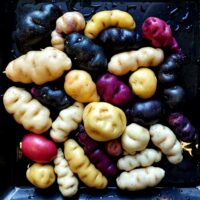
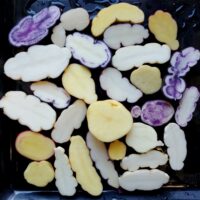
Reviews
There are no reviews yet.